Blog #6 “Human Connectivity among Muslims in Russia”
2022.01.26
Category: Blog
Author: Masumi Isogai
Recently, my Chinese colleague said to me, “The Japanese are very individualist. They are cold-hearted.” I do not like to judge people or explain them in terms of national characteristics in this way, but I think there is this tendency in the Japanese, as he mentioned. My Chinese colleagues tend to speak of very private matters together and build very close relationships. For my part, I do not like to let people learn of my private affairs in this way, at least not my colleagues.
About 20 years ago, I was a student in the city of Kazan in Russia. Kazan has a population of 1.1–1.2 million and is situated on the middle course of the Volga. I studied at Kazan University, Lenin’s alma mater, and one of the questions that confused me was the question of where I lived. This question required a very specific answer: “I live near the stop ‘University of Architecture’ on tram No. 2, on the Zelenaya (Green) Street.” This answer identified where I lived very closely, but I could not prevent that. People had closer relationships with each other there, and I had no choice but to be used to it.

(photo1_A statue of Lenin)
A statue of Lenin in his youth can be found at Kazan University. It presents a different picture of Lenin from ordinary statues (September 2017, photo taken by Masumi Isogai).
Through the Publicly Offered Research of the Islamic Trust Studies Project, I am carrying out research on “Formation of an Intellectual Stratum for Inheriting Knowledge of Islamic Law in Russia in the 18th and 19th Centuries.” Now Muslims are 6.7—10% of the population of Russia and are its largest religious minority. In the Russian Empire, Muslims constituted a significant presence in society, particularly in several concentrated regions; these regions are the middle and lower courses of the Volga, the southern foot of the Ural Mountains, the Crimea, and the Caucasus.. I am studying the history of Muslim society in the Volga-Ural region, and my research will pursue the intellectual and personal connections within ulama society from the 18th to the late 19th century to unveil represent their social strata, how it was formed and maintained and how it changed. Historical materials indicate that ulama, or Islamic legal scholars, would have attached great importance to teacher-disciple relationships, developed through the transfer of an inherited Islamic scholarship, thereby forming a social stratum in Muslim society through the development of marital relations such as marriage between a teacher’s daughter and a disciple (however, this social stratum was formed outside of the legislative system of social estates (soslovies) in the Russian Empire). A presence of the ulama was crucial for Muslims in Russia to maintain their faith. Here, I discuss this question in detail. By this means, the historical formation of a social group based on human connections is show, developed through people who even now continue to build relatively close relationships with others. Unfortunately, I cannot determine which culture is most responsible for this tendency: is it Muslim culture, Russian culture, or a culture shared across several regions?
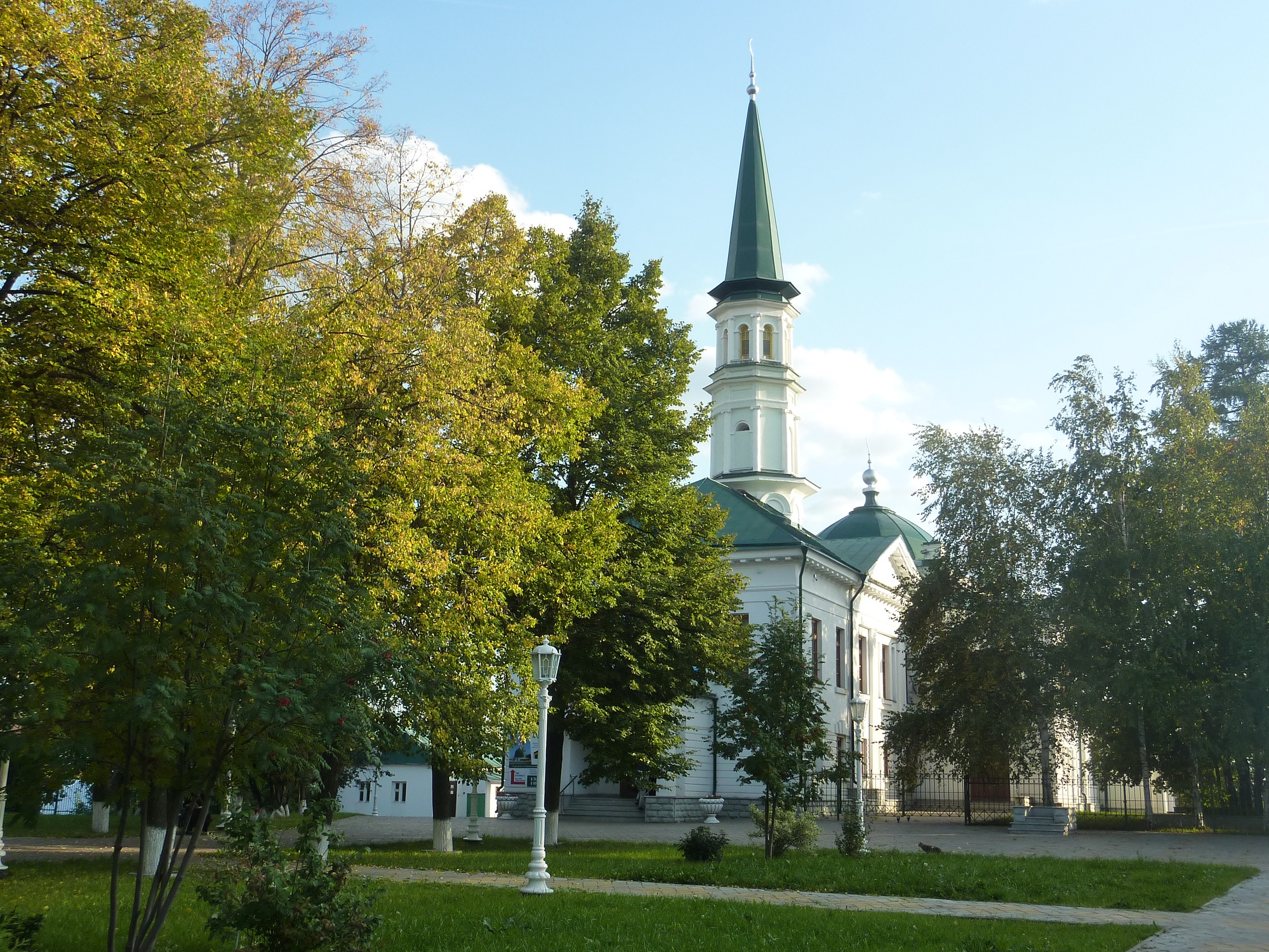
(photo2_ A mosque in Ufa)
The Old Mosque in Ufa, Russia. It has a beautiful appearance (September 2019, photo taken by Masumi Isogai).
My discussion may give the impression that the subject of my research is a relatively closed social group of people who share close ties within that group. However, this is misleading. Ulama (and students who want to become ulama) in the Volga-Ural region studied far from their homes to seek a superior teachers with higher levels of scholarship as well as those in the Middle East and Central Asia. Their destinations included the Emirate of Bukhara in Central Asia, and the Bukhara school had an authority in the ulama society of the Volga-Ural region. In addition, some ulamas also go on to study in the Middle East in addition to their hajj to Mecca. Beginning at the end of the 19th century, because of the increase in the number of such persons, the authority of al-Azhar in Egypt was shared in the Volga-Ural region. My study describes these horizontal human relationships that Russia Muslims built with Muslims in Central Asia and the Middle East, beyond the boundaries of their own country.
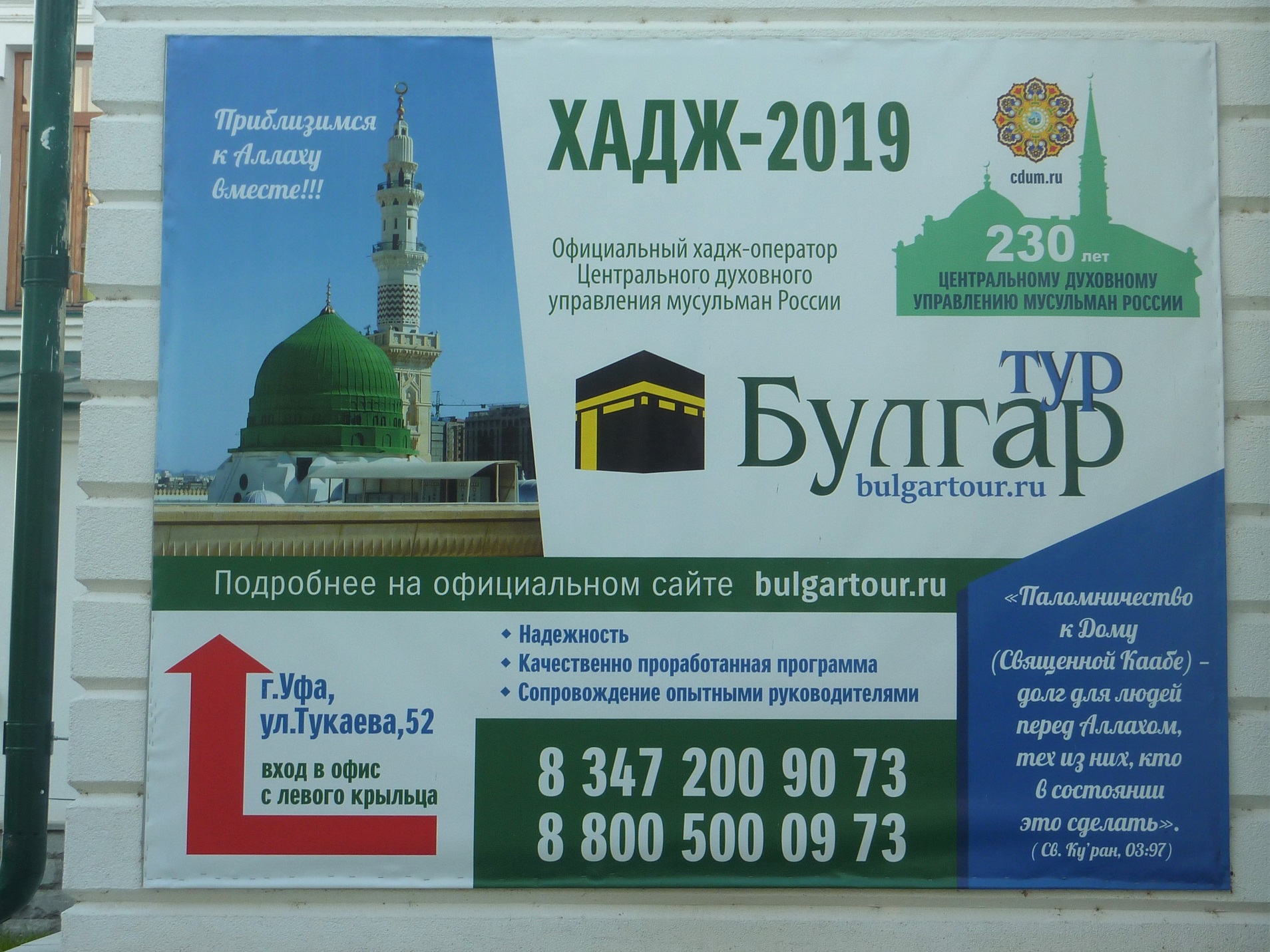
(photo3_ An advertisement of Hajj to Mecca)
An advertisement for the hajj to Mecca on the wall of the Old Mosque in Ufa (September 2019, photo taken by Masumi Isogai).
It is impossible to do historical research without appropriate historical documents. I could not have conducted my research if Ridā’al-Dīn b. Fakhr al-Dīn (1858-1936), an ulama in the Volga-Ural region had not written The Āthār, a biographical dictionary of ulama from the end of the 19th to the beginning of the 20th centuries. This biographical dictionary was created using a traditional writing style of biographical dictionary inherited from the Islamic Middle Ages. The use of biographical dictionaries is a standard research tool used in the field of the history of Islamic societies to recognize intellectual and human connections, though it takes a great deal of labor to obtain a notable result because it requires dealing with a massive amount of data. I plan to perform similar research in relation to the study of the history of Russia.
In the legislative system of social estates (soslovies) in the Russian Empire, many Muslims, including ulama, were considered as state peasants. Little study has been conducted on state peasants in the history of Russia. Instead, the study of the peasantry focuses on nobles’ estates (estates bestowed on the nobility from the Tsar), so-called “serfs,” who can be traded and are considerably restricted in their movements. Another reason for this may be that there are not sufficient historical sources on state peasants. My research may provide a contribution to Russian history, showing how state peasants, to whom ulamas may belong, traveled and formed connections with each other. In other words, my study has the potential to connect the history of Muslim society to that of Russian society by discussing the latter in relation to the former. In fact, the study of the history of Muslim society in Russia is interesting and provides interdisciplinary intellectual stimulation, which continues to interest me in this subject.

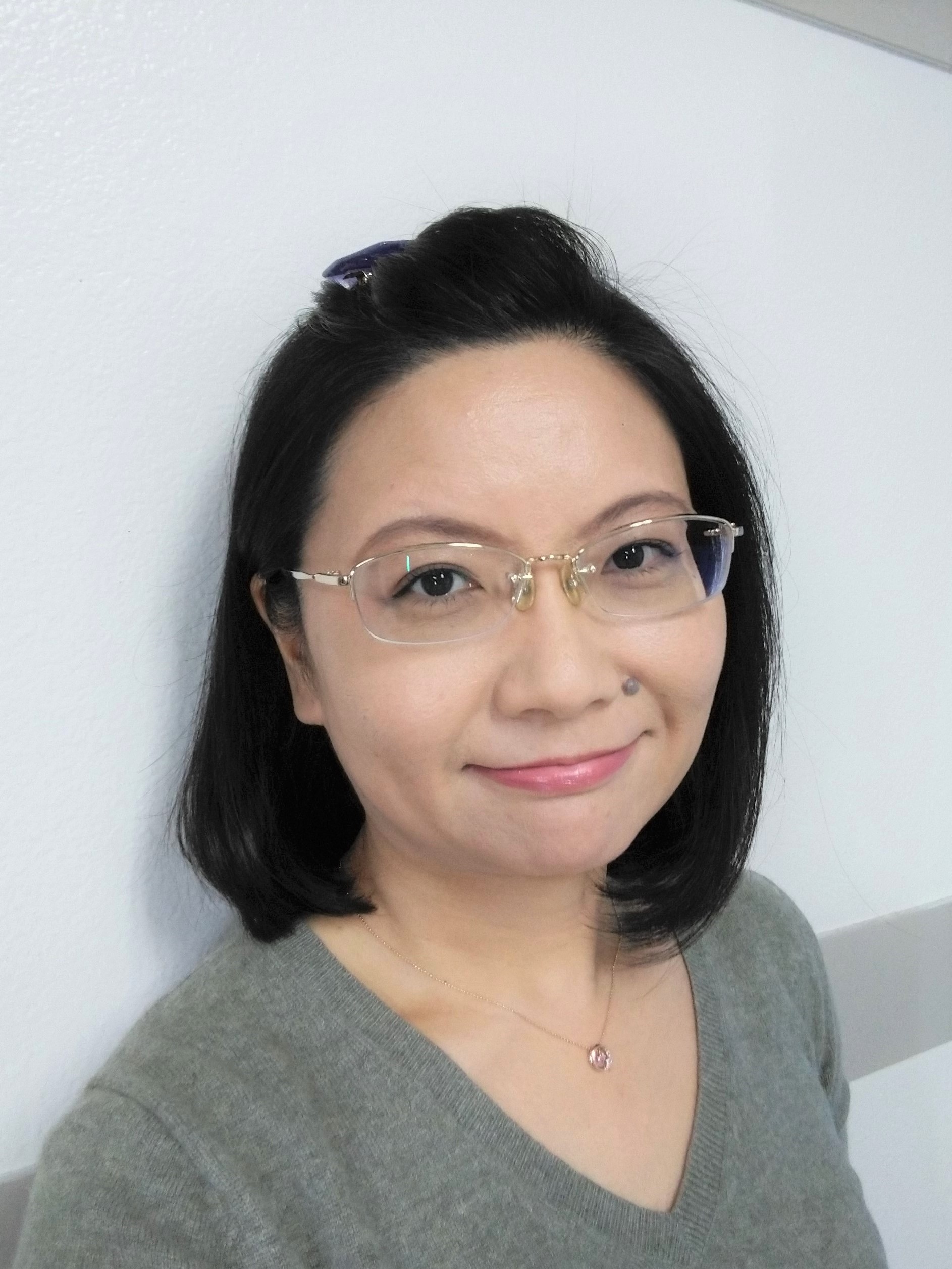

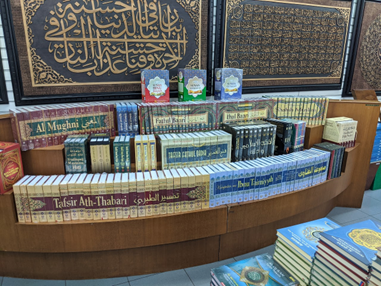
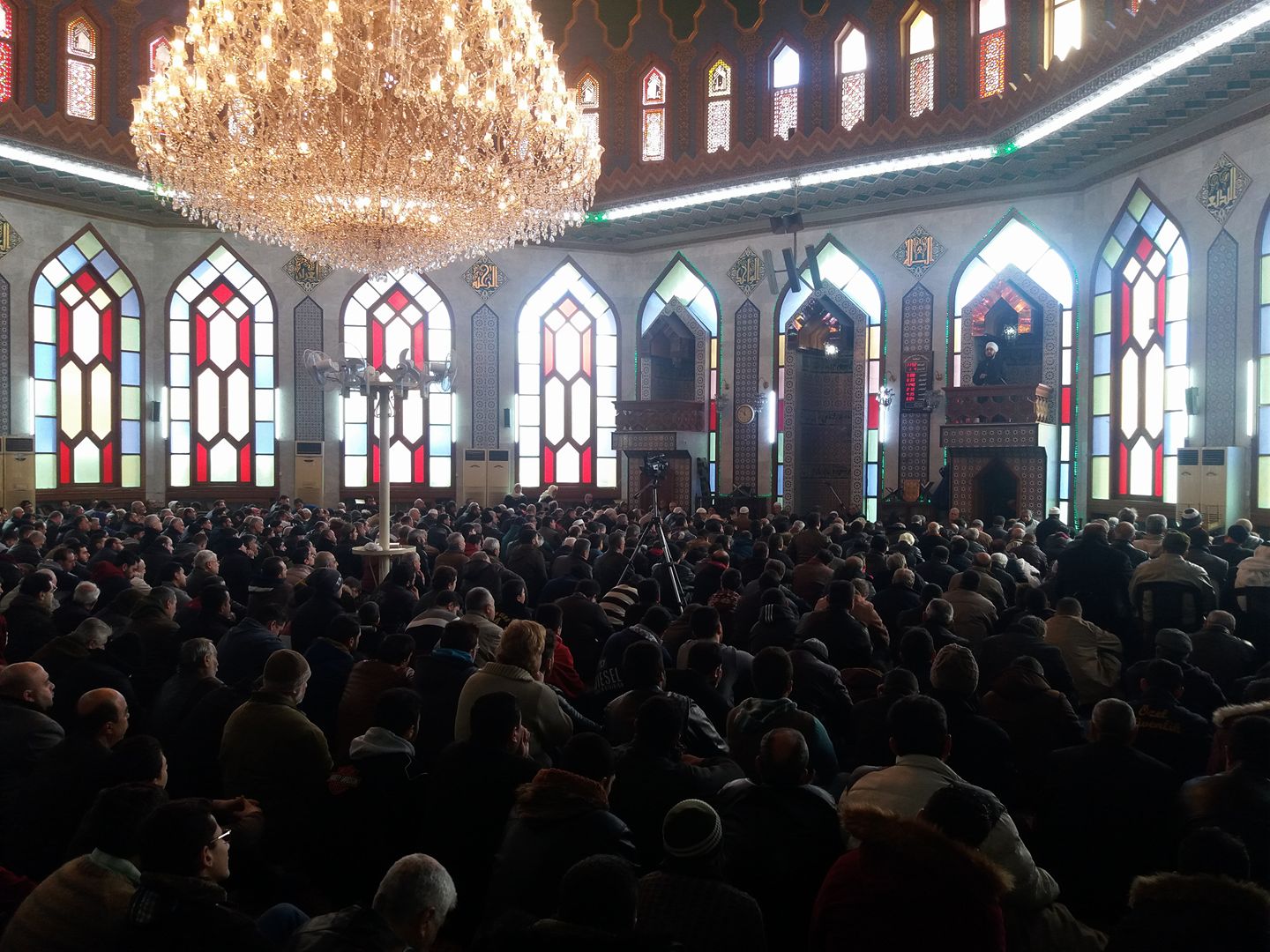
-scaled.jpg)
